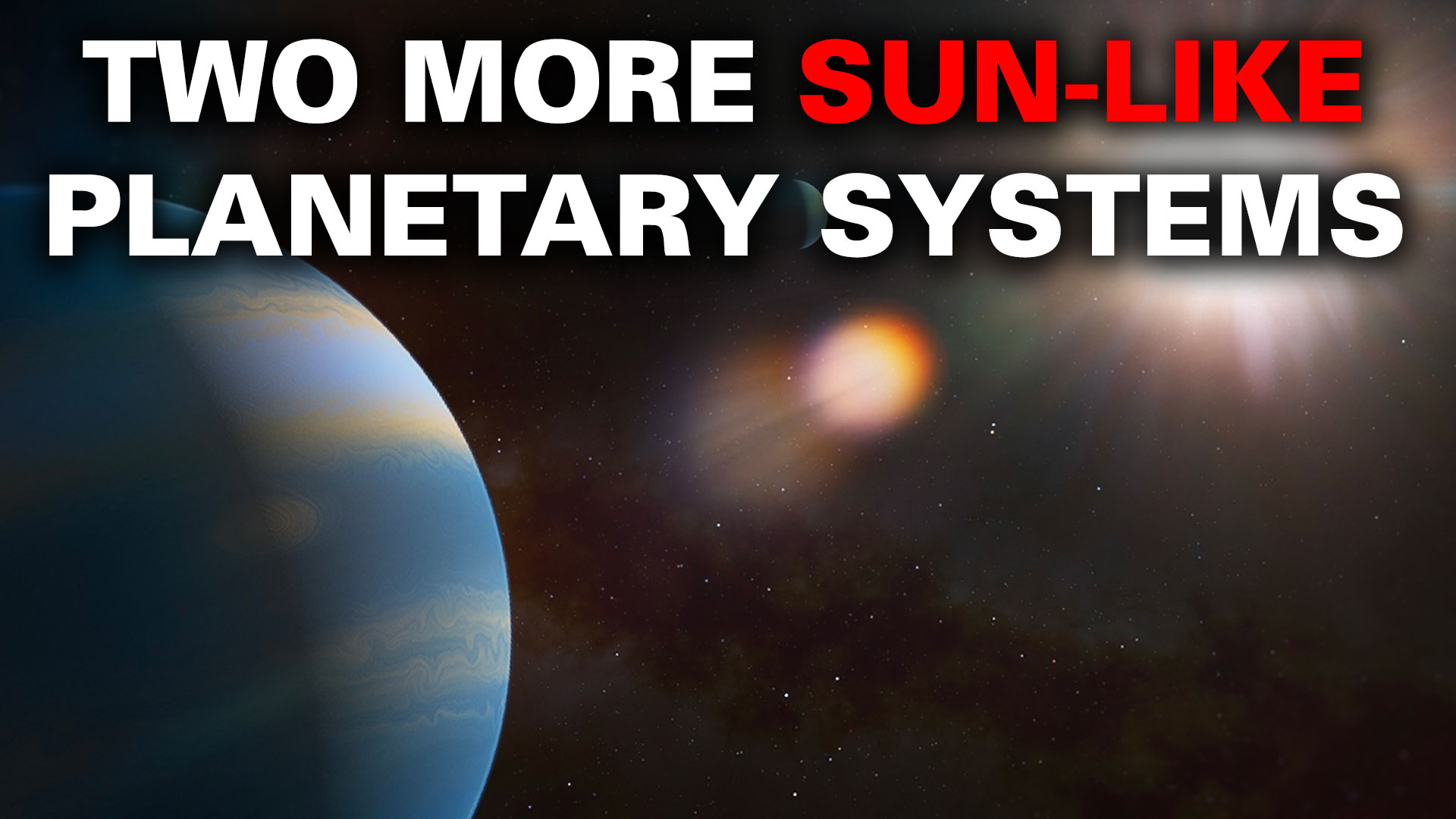NASA’s Transiting Exoplanet Survey Satellite (TESS) has been busy. Clocking in over 5000 exoplanet candidates, the researchers who manage the telescope’s data have enlisted an army of volunteer classifiers to sift through its data to confirm whether these planets exist. In a new paper in Astronomy & Astrophysics, some researchers from Brazil think they have found three planets that almost certainly do – and they happen to orbit stars that are very similar to our own Sun.
The planets were located in two separate star systems, known as TOI-2141 and TOI-1736, respectively. TOI-2141 is located about 250 light years away; while it is slightly older than our Sun, it’s almost exactly the same size. TOI-173 is 290 lightyears away and about the same age and temperature as our Sun. However, it is slightly larger and has more heavy elements, which could significantly impact the formation of planets. It’s also a binary star system, which we will get into later.
There are several categories that exoplanets are slotted into. The planetary candidates in TOI-2141 and TOI-1736 fall into two distinct ones – “Super-Jupiters” and “mini-Neptunes,” since many of the categories use planets in our home system as a basis.
TOI-2141 contains only one planet – a mini-Neptune named TOI-2141b. Its surface temperature is 450 degrees Celsius, and its orbital period of a little more than 18 days means it’s likely tidally locked to its parent star. It’s about three times Earth’s surface diameter, weighs in at a whopping 24 times our planet’s mass, and appears to have a rocky core with an atmosphere potentially filled with gaseous water. It also seems to be the only planet in the system, at least as far as we can tell, with the limited observational time devoted to it.
TOI-1736 is a much more chaotic system. The researchers found two planets in the system, around the larger of the two stars in the binary pair. Both planets were found to be close enough to their host star that interaction from its binary companion was minimal, which, if it wasn’t, could massively complicate the planet’s orbits.
One planet, known as TOI-1736b, is also classified as a mini-Neptune, with a diameter two and a half times that of Earth and a mass about 13 times as large. It’s closer to its parent star than TOI-2141b, orbiting every 7.1 days. That also means it’s hotter, with an expected surface temperature of up to 800 degrees Celsius.
Its neighboring planet, TOI-1736c, is absolutely massive. A “super-Jupiter” is nine times larger than Jupiter itself, making it large enough to have almost become a star in its own right. However, it didn’t and ended up in the habitable zone of TOI-1736. While the planet is a gas giant and doesn’t have any solid surface to stand on, it presumably has a series of moons, much like Jupiter. One of those could potentially sport liquid water on its surface.
There’s also a third potential planet in the TOI-1736 system, but observations with TESS and a 1.93m telescope at the Observatoire de Haute-Provence didn’t last long enough to be able to confirm it. More data is needed, especially in exoplanet hunting, as with most science-related things. There will undoubtedly be plenty more coming from both TESS and other sources shortly.
Learn More:
LNA – Discovery of Two Planetary Systems Around Sun-like Stars
E. Martioli et al. – TOI-1736 and TOI-2141: Two systems including sub-Neptunes around solar analogs revealed by TESS and SOPHIE
UT – TESS Finds a Super-Earth and two Mini-Neptunes in a Single System
UT – The Most Common Exoplanets Might be “Mini-Neptunes”
Lead Image:
Artistic representation of the TOI-1736 planetary system, with out-of-scale depictions of the planets TOI-1736c (on the left) and TOI-1736b (in the center).
Image credit: Leandro de Almeida.

